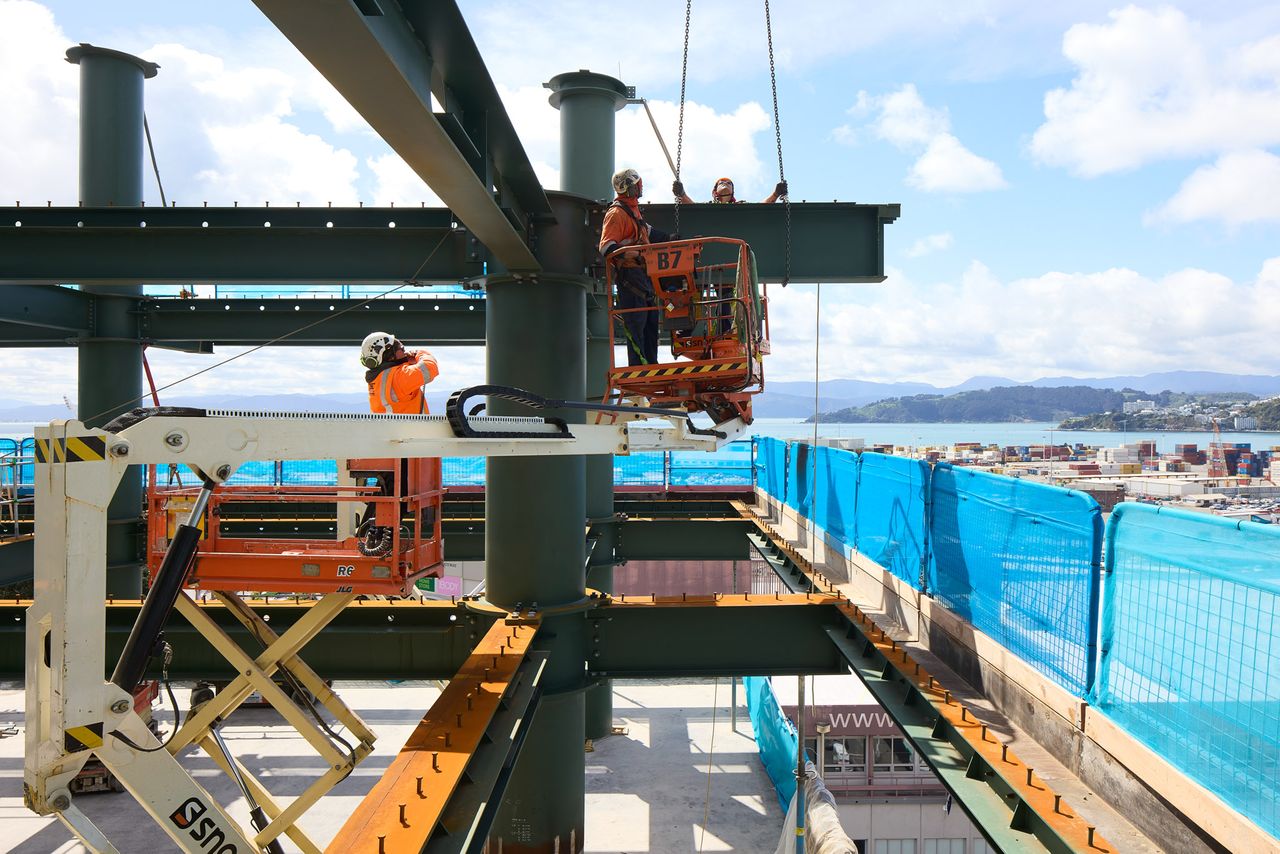News & Insights
The Perfect Storm
Author

A perfect storm is brewing in the property and construction sector, fuelled by COVID-induced uncertainty and disruption. The news is filled with reports of rising interest rates, skyrocketing material costs, a struggling supply chain and an exceptionally tight labour market.
Casualties of these impacts are increasing too. Just this week, Wellington construction firm Armstrong Downes Commercial went into liquidation as a result of fixed-price contracts in this unforgiving economic environment.
The flurry of stimulus packages and wider quantitative easing, introduced with the best of intentions by both our government and foreign governments alike, resulted in supercharged economies where demand significantly outweighed supply. It sparked the historic inflationary pressures we have been witnessing since early 2021.
While New Zealand’s remoteness worked in our favour during the initial outbreak, rising fuel costs and port delays have since taken their toll, particularly on imported materials. According to a recent Royal Institution of Chartered Surveyors presentation, material costs have increased from 5-40 percent in the past 12 months, depending on the material. While the NZIER believes we have reached the peak, the end of the inflation spiral is yet to be seen.
Currently, RCP has more than $5b worth of projects under management nationally. With our high level of exposure, we know where the industry is feeling the stresses and strains. There is no silver bullet but there are some things that can be done to help ease the pain the industry is feeling.
For example, we are engaging more regularly with the contractor community in an Early Contractor Involvement (ECI) capacity, giving them an equal voice alongside the design team. Contractors bring a practical and commercial perspective, which helps to manage buildability issues and cost exposure. They can address supply chain concerns by proposing different procurement methodologies or alternative construction and materials solutions. This may mean ordering and paying for additional storage, but the cost of that additional storage versus not having the product when it’s needed is potentially insignificant. Equally, ECI allows us to lock in the sought-after labour component early so it is poised and ready to go.
Of course, the industry is notoriously cyclical and it has weathered storms before – think GFC and the ’87 share market crash. What’s different this time is the cultural shift the pandemic has triggered. People’s habits have changed and it has led to a rethink of the way people live and work.
Firms are readily becoming more accustomed to staff working from home. It raises questions around the future of the office. Although traditional demand is returning, developers’ confidence has taken a hit. As a result, we are seeing a focus on flexible designs and a requirement for substantial precommitment before proceeding with construction contracts. Significant capital-backed developers will continue to move forward in a relatively low-yield environment, but the uncertainty is causing some to take a wait-and-see approach until the environment is more favourable.
Meanwhile, the industry continues to suffer from a lack of skilled resources and record low unemployment of 3.2 percent. This is the combined result of our historic lack of investment in the trades, an ageing workforce edging towards retirement and border closures. The latter has prevented skilled workers from entering the country to alleviate some of the pent-up demand. And we will likely soon see a brain-drain, like that of the post-GFC era, as workers seek higher salaries and a lower cost of living abroad.
At RCP, we’re doing our best to offset the skills shortage by tapping into our national resource. We are leveraging capacity and skills from less busy regions via the new technology that has enabled everybody to work seamlessly from remote locations.
RCP also continues to work hard to retain staff. We provide further education opportunities, offer a true open-door policy where everyone up to and including the managing director is accessible and, arguably, we have some of the best and most iconic projects in the industry under management to keep our team interested.
But there is a limit to what can be achieved with the measures outlined in this article. Because of limited immigration options, our construction industry is competing for the same ever-decreasing pool of local resource, which is driving up wage inflation. We urge the Government to provide some relief by reviewing its immigration settings to allow our local businesses to align their growth with local demand. It requires allowing people with desirable skills into the country on work visas and ensuring there is a practicable pathway for skilled migrant workers to be able to remain here. Unfortunately, Immigration NZ’s border exception criteria are too narrow. These criteria need to align with the skills required within the construction sector and the application process for these exceptions needs to be simplified.
Our economy stands to benefit substantially from more open borders. A pipeline of talent, and access to a skilled and experienced workforce, is vital to support the delivery of buildings and infrastructure, and to aid New Zealand’s economic recovery.



